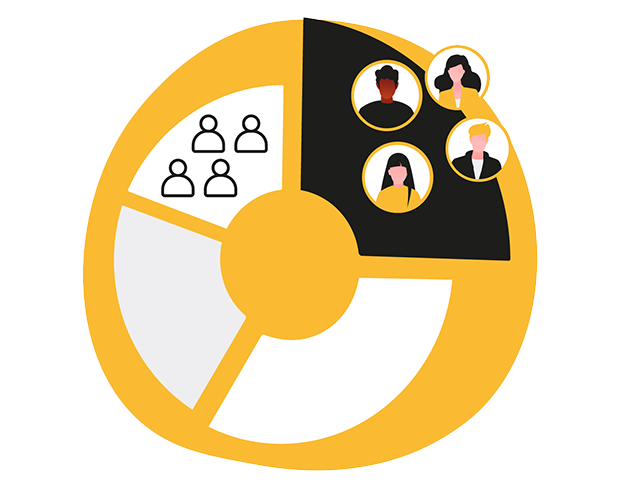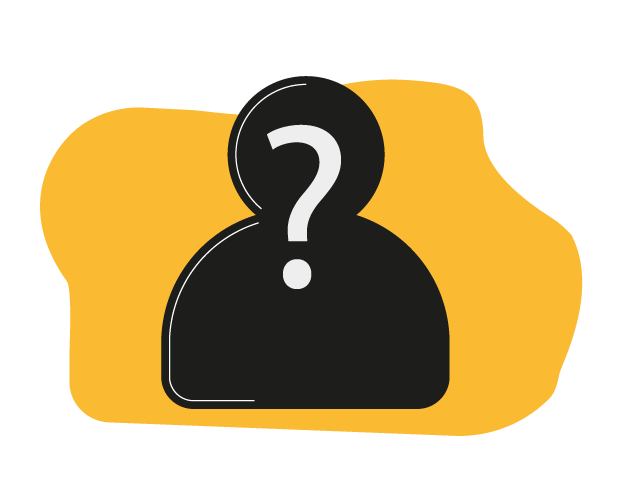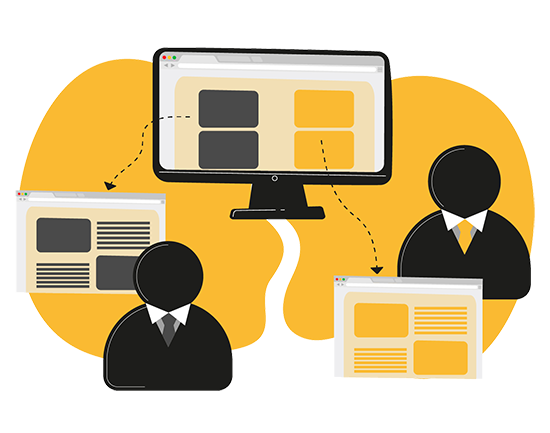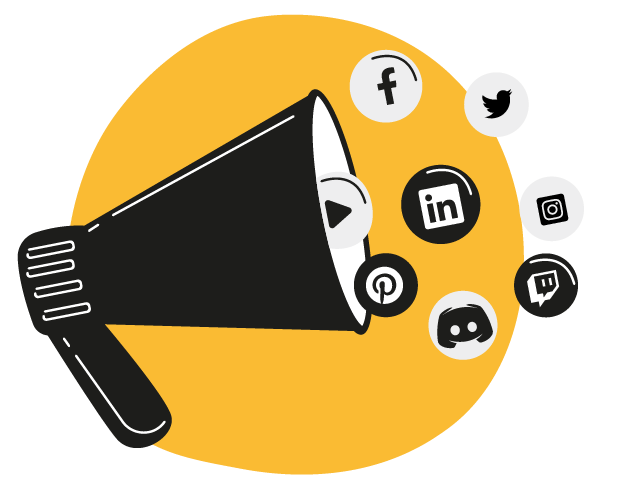the buyer's journey in b2b
Let's give you a clear example of such a situation. We take coffee in the workplace. We dare say that every company in the Netherlands has an on-site coffee supply. But not at every company are the employees to speak about the quality of this coffee. Imagine that the employees within your organization do not like the coffee. Do you then report this to anyone? And to whom?
The person to whom you reported this will then start looking for a new coffee supply. Where it becomes interesting is to know what this person will be looking for. If it is the financial manager of a company, then the cost of the coffee facility will play an important role. But perhaps the office manager cares about the service of the coffee supply, or whether the coffee machine looks luxurious.
So adapt your message!
So depending on which person in the company makes the "decision," a different message in both ads and on social media or the website will trigger. So in this example, if you start using the great taste of your coffee in expressions, it won't do much good. This is important to employees, but they will not make the final decision.
If the coffee supplier's research shows that the decision is mostly made by office managers and they find service most important, then service is what should be used in the expressions!
This is exactly why the buyer's journey is so important.





